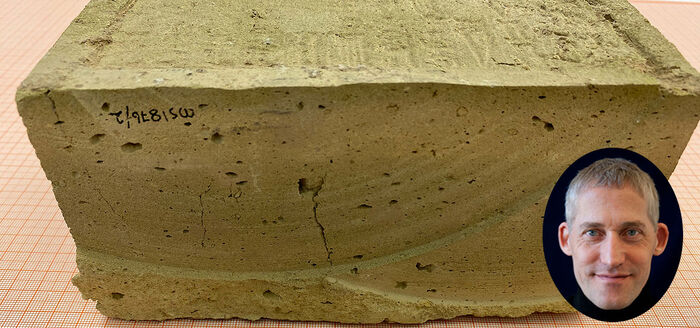Previous events
How have individuals, communities, government, and non-government institutions imagined, regulated, and mobilised technical and scientific forms of knowledge together with objects and people across regions during the Cold War? Associate Professor Roland Wittje will discuss his research in the history of science and technology at the Indian Institute of Technology Madras.
In 2021, the Embassy of Iraq sought assistance from Norwegian authorities and the Museum of Cultural History to recover suspected illicit cultural artifacts from a Norwegian collector. At this seminar, Professor Håkon Roland will discuss the operation and its aftermath, shedding light on the intricate relationships among academia, law enforcement, authorities, collectors, lawyers, and the media.
Greenland’s repatriation work has resulted in the restitution of more than 30 000 cultural objects. In this SENKU seminar, Dr Christian Koch Madsen from Greenland National Museum & Archives will talk about the past but foremost the present and future repatriation strategies and processes in Greenland.
Dr. Barrie Cook from the Department of Coins and Medals, British Museum will give a talk 'A history of A history of the world in 100 objects and other projects, 2009-2020'.
Welcome to the SENKU seminar with Igor Krupnik, a curator from the National Museum of Natural History, Smithsonian Institution!
SENKU seminar on November 30 will host two curators from the Wereldmuseum, the Netherlands: Cunera Buijs and Erna Lilje who will discuss the role of Indigenous knowledge and engagement in museum research and exhibition making.
Australian Indigenous people held a very particular position in European ethnography at the beginning of the last century. For a long time, the colonial narrative has been shaping the way Aboriginal cultures were interpreted and exhibited in European museums. How do Aboriginal Australians tell their own histories and how should European museums engage with this today?
Join us in this lecture where Professor Batsaikhan Ookhnoi reconsiders the role of the 8th Bogdo Jebtsundamba Khutukhtu – in rough terms, the Mongolian equivalent of Tibet’s Dalai Lama at the time – in engineering the national independence of Mongolia from the Qing Empire in 1911.
Social anthropologist and historian of ideas Lars Risan gives his perspective on the fascinating story of two girls allegedly raised by wolfs in the early 1900s and how that incident affected new scientific understandings of human nature.
Neil Curtis, Head of Museums and Special Collections at the University of Aberdeen will share the story of the Benin Bronze, from its casting in the late 18th century to its return to Benin City in February 2022, exactly 125 years after it was looted.
What role do artists play in the repatriation of looted cultural property to the communities of origin?
Ládjogahpir is a traditional Sámi hat for women. How do Sámi women engage with it and discuss it nowadays? What are the particular meanings attached to it in current Sámi society, and in the processes of remaking and reusing the ládjogahpir?
In the 11th and 12th century, a profound change took place in Europe. Christianisation spread to the far corners of the continent, kingdoms emerged and with them came literacy, bureaucracy – and national coinage. Medieval monetization processes have increasingly become the focus of numismatic research over recent years in many places. This workshop aims to bring researchers from different countries together and create an environment of exchange in order to share and create new knowledge, insights, and ideas.
Critical events and public memories: Remembering and forgetting racism in Norway
Arctic Anthropologists and the Canadian State in the 1950s
Oranges and apples: Comparing urbanization and commercialization in medieval Norway and Denmark
The talk will be in Norwegian.
The beauty of virginity. Aesthetics, adornment and symbols of sanctity in representations of virgins in Late Antiquity
Re-opening the case for human sacrifice: distinguishing myths from reality
Apocatastasis and Preservation
The Healer and the Psychiatrist: The Value of Video, the Efficacy of Spirits, and Social Health in Tonga
Politics and Beyond: Placemaking in Northern Ireland (and other post-conflict societies)
Pits, Pots, and Pennies: An Archaeology of Coin Hoarding in Medieval England and Wales
Looking Through Portals: An investigation into stave church portals as display object in Norwegian museum settings
Ethnographic Film Collections and a Long View of the North






















